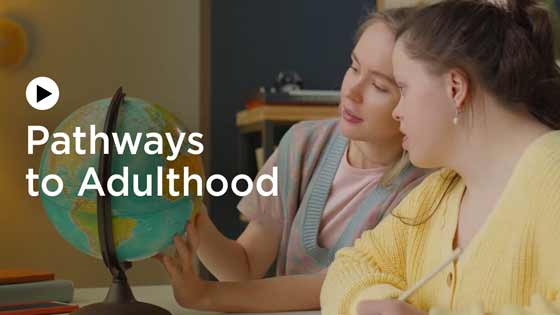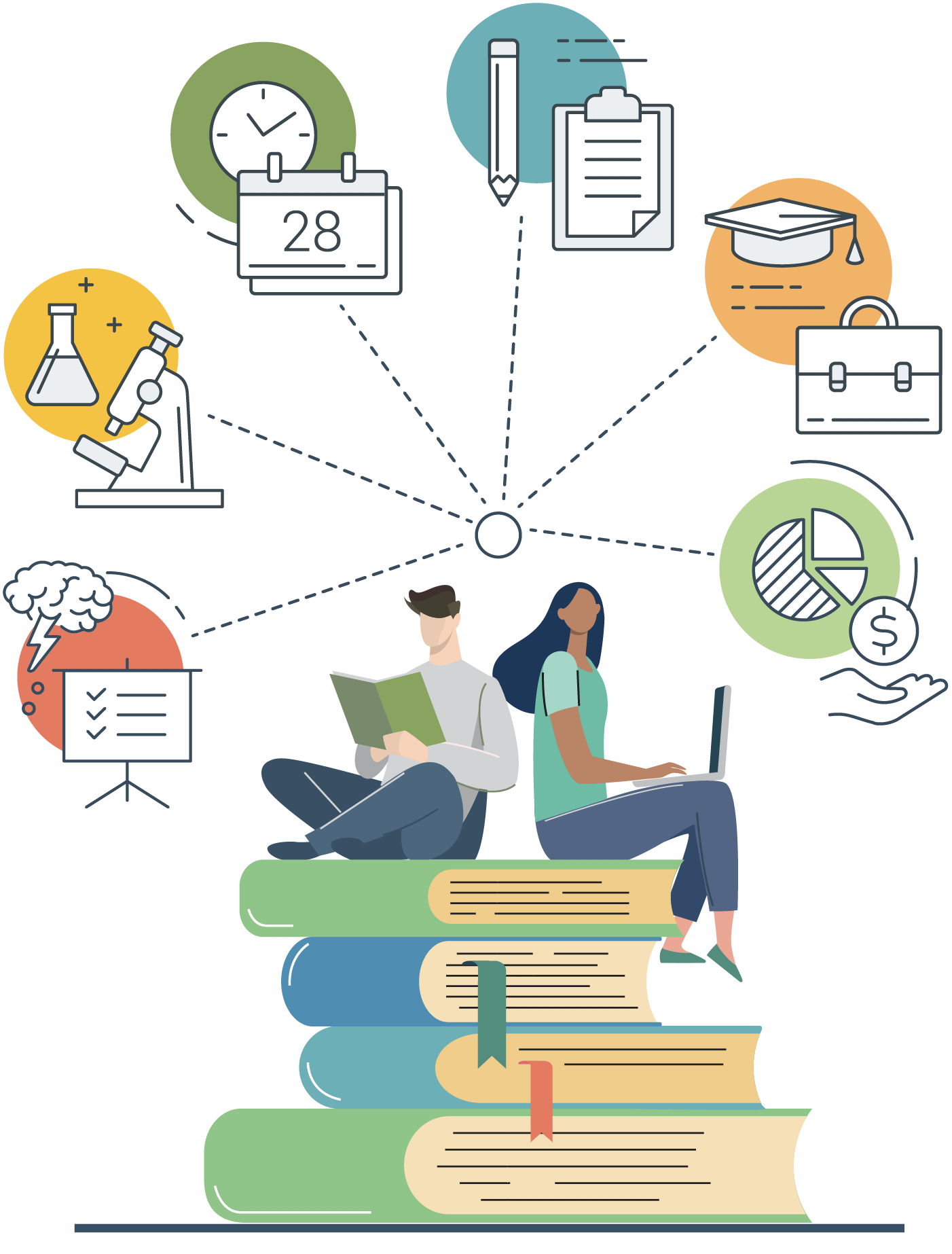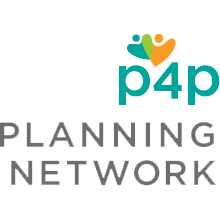
PLANNING FOR ADULTHOOD
PLANNING FOR ADULTHOOD
Becoming an adult is such an exciting time in any young person’s life. Adulthood is this sweet, exhilarating period in our lives where our independence grows. We gradually begin to call the shots and we find our own unique way to be in the world. Every person has this opportunity to find their purpose and enjoy a new level of freedom.
However, the joys of being an adult are sometimes overshadowed by worry. The transition to adulthood, for a person with a disability and their family, can feel overwhelming, frustrating, and even isolating at times.
The good news is proactive planning can help make this next transition a more positive one.
In this guide, we’ll talk about:
- mindsets for future planning,
- pathways to adulthood,
- resources for getting ready and,
- the basics for what you’ll need to do next.


EXPECTATIONS FROM SCHOOL
Young people with a disability want the same things that all young people want.
There isn’t a rule book for “adulting.” In fact, truly enjoying the freedom of adulthood is partly about figuring out what you want, partly what you must do and partly learning how. In fact, there are an abundance of choices for young adults to make, possibilities to discover and opportunities to take advantage of. This time in a young adult’s life can be completely their own, but the journey starts now!
What is important is that we take action to use our time wisely to identify what is important to our children and be constantly aware of opportunities to improve their skills and independence before graduation. While our children may take longer to reach their goals, by this stage of life, they should be clear about what their end goals are. Have you talked to your child about what pathway they want to explore after high school?
If you aren’t there yet, start today by building a vision statement
Quick Tip: In grade 9, take advantage of support from professionals like educators to start putting a transition plan in place. If your child has an IEP, you can leverage the expertise of a planning team to start preparing for life beyond graduation. Ask your child’s teacher about the Transition Plan component at your next IEP meeting. Be clear if you want your child to be prepared for entering the world of work, or ready for a post-secondary program. If an active community life is your goal, be sure to ask that your child have access to programs and activities that will help them develop relationships with people in the community.
Resources:
Ontario Ministry of Education- Transition Guide

EXPLORING PATHWAYS TO ADULTHOOD
A clear vision for life beyond high school is key to executing a successful transition plan. Your expectations for what opportunities will be available to your child at the end of high school should be clear to your education team at the beginning of your child’s high school career. Rallying supporters who recognize your child’s strengths and being creative can lead to their success. The goal is for your child to have a life as an adult where they feel safe, connected and that they belong.



COMMUNITY-BOUND
The community is an incredible place to learn and become a responsible adult. There are many doors to be opened and all sorts of people to connect to. If a rich, community-focused life is your goal beyond graduation, you can begin preparing by:
- exposing your child to a variety of life experiences
- being an active community member at a young age so they are known by others in the community
- building skills that will help your child to adopt valued roles
- helping your child to see themselves as an active community member with something valuable to contribute



For some students, leaving high school and entering the world of work may be a rewarding pathway. The benefits that come from being employed are numerous. Being a productive team member makes us feel confident. Being part of a team provides us with lots of opportunities to build a wide social network. Earning a wage gives us the resources to have nice things in our homes or the freedom to do things that make us happy. Perhaps you’re considering employment as a goal beyond graduation?
Some great ways to get prepared for the world of work are:
- Learning soft skills
- Becoming proficient with technology
- Gaining work or work-like experiences in high school

Preparing to apply to a post-secondary program after high school is an exciting prospect. Knowing how to choose a program, getting ready for college life, and managing the cost of further education are all things you and your child will want to consider.
Get ahead in the process by - doing your research early, leveraging the support of educators and by being clear with your education team about what your end goals are.
The sections below will give you more information and access to resources that can help you be prepared for a transition to post-secondary school.
Please click each section below to read



NEXT STEPS
Determining a pathway for life after high school is an important step in creating a smooth transition to adulthood. However, as your child leaves school there are a number of steps for transitioning to adult supports and services you will also want to be aware of. Below, we have listed some immediate next steps as your prepare for this next phase in your child’s life.
Financial Resources
Immediate Next Steps:
- Apply for ODSP when your child is 17.5.
- Apply to the DSO when your child turns 16 (for individuals with a developmental disability)
- Apply for passport funding when your child turns 18
Resources:
Overview of Developmental Services Ontario
P4P’s Guide to Passport Funding
P4P’s Using Passport Funding to Your Long-Term Advantage
Developing Friendships
- Help your child use social media or platforms like LinkedIn to stay connected with friends, educators, and other contacts from their high school career before graduation.
- Collect emails and phone numbers for three close contacts from school, work or your community to stay in touch with.
- Start researching a new, age appropriate social activity with your loved one that can help them meet other adults in your neighbourhood or larger community.
Resources:
P4P’s Action Guide on Supportive Friendships
Documentation To Apply For
- Apply for an Ontario Photo Identification Card after age 16
- Apply for a Travel Passport if you haven’t already done so
Resources:
Are you looking for a tool to help you and your family think and plan for the future?
Taking Charge of Your Life is an excellent resource to get your started.






